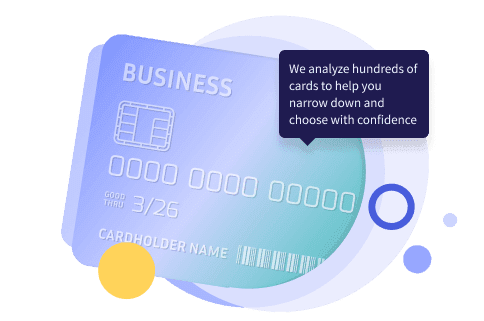Best Business Charge Cards in 2024

GP
LH

GP

LH
Edited byCasie McCoskey

Updated: March 21, 2024
Advertising & Editorial Disclosure
MoneyGeek partners with leading industry experts and advertisers to help you get to your financial happy place. Our content is accurate when posted but offers may change over time. We may receive compensation for partner advertisements, but our editorial team independently reviews and ranks products. Learn more about our editorial policies.
Loading...
About Grace Pilling

*Rates, fees or bonuses may vary or include specific stipulations. The content on this page is accurate as of the posting/last updated date; however, some of the offers mentioned may have expired. We recommend visiting the card issuer’s website for the most up-to-date information available.
Editorial Disclosure: Opinions, reviews, analyses and recommendations are the author’s alone and have not been reviewed, endorsed or approved by any bank, credit card issuer, hotel, airline, or other entity. Learn more about our editorial policies and expert editorial team.
Advertiser Disclosure: MoneyGeek has partnered with CardRatings.com and CreditCards.com for our coverage of credit card products. MoneyGeek, CardRatings and CreditCards.com may receive a commission from card issuers. To ensure thorough comparisons and reviews, MoneyGeek features products from both paid partners and unaffiliated card issuers that are not paid partners.
Editorial Disclosure: Opinions, reviews, analyses and recommendations are the author’s alone and have not been reviewed, endorsed or approved by any bank, credit card issuer, hotel, airline, or other entity. Learn more about our editorial policies and expert editorial team.
Advertiser Disclosure: MoneyGeek has partnered with CardRatings.com and CreditCards.com for our coverage of credit card products. MoneyGeek, CardRatings and CreditCards.com may receive a commission from card issuers. To ensure thorough comparisons and reviews, MoneyGeek features products from both paid partners and unaffiliated card issuers that are not paid partners.